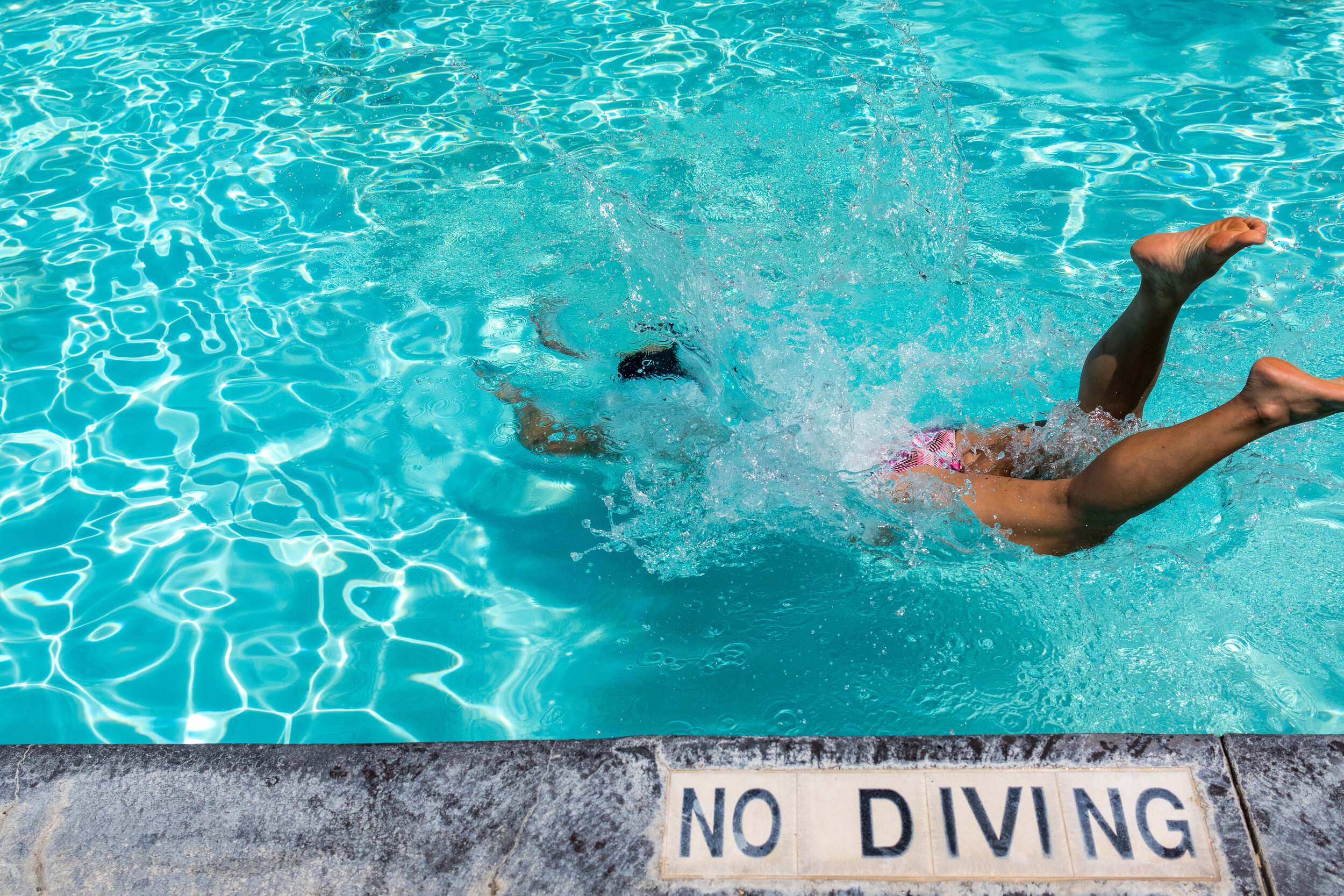How to Handle Pool Slips in Your HOA or COA
According to HOA Resources.com, Any association with a pool should always have excess insurance coverage to sit over its $1 million primary liability insurance regardless of its size or depth.
Slip-and-falls account for more than 1 million emergency room visits every year. They are the leading cause of workers' compensation claims and cost billions of dollars annually. These issues often lead to a higher rate of claims against property owners responsible for a fall area.
There has been a recent trend in large jury verdicts related to pool usage, causing significant injuries. For this reason, high excess limits are desirable. Most slips, trips, and falls are preventable, making proactive safety measures is the responsible choice to make.
Beyond ensuring the association has the appropriate insurance coverage level, board members and managers should commit to a better understanding of the risks and implementing adequate safety measures. These include:
Post Signage
Create signage that cautions residents to walk and not run around the pool. Also, advising them to wear proper footwear in the designated area is beneficial. If you have employees serving residents, they should also be required to wear slip-resistant shoes where appropriate.
Check Slip and Friction Levels
Know the proper friction coefficient for a deck, wet stairs, and other walkable surfaces in the pool and pool area. Test the friction level and, if it's too low, hire an expert to adjust it. Also, ensure appropriate matting is in place in the proper areas.
Conduct Regular Property Inspections
Staff should regularly examine the areas around the pool. Any changes in height or elevation should be marked. Pool safety, including efforts to reduce slip-and-fall risks, is an ongoing issue for any association. Vigilance and attention to detail are critical to keeping the pool area safe.
Conduct Safety Checks
Schedule and maintain records of regular safety checks. Look for pool toys or obstructions in walkways and other high traffic areas on the property. Clean any slippery algae off surfaces. Document all safety check efforts and cleaning processes.
Why should HOAs conduct regular inspections?
Overall, conducting regular inspections keeps your HOA or COA on top of security risks and maintenance and building problems. A thorough inspection should do the following:
Increase the safety, health, and welfare of all association members and guests. Regular inspections ensure your HOA community is a safe place to live. One significant area of liability for HOAs is slip-and-fall accidents, which indicate the need for frequent checks of sidewalks, driveways, parking lots, and roadways throughout the property. Surfaces should be inspected for uneven and free of snow and ice during cold weather.
Identify problem areas before something worse happens. Suppose deterioration of standard amenities is detected early. In that case, it could save the HOA mone before the damage becomes even more costly.
Different seasons bring different property risks. Season-specific inspections—such as checking chlorine levels in an outdoor pool during summer, leaf buildup in eaves, and gutters in the fall—should be done regularly.
Still, Have Questions? Contact Us!
Please don't hesitate to reach out to Condominium Associates for advice. We are here to make sure your home is a safe and welcoming place to be!


